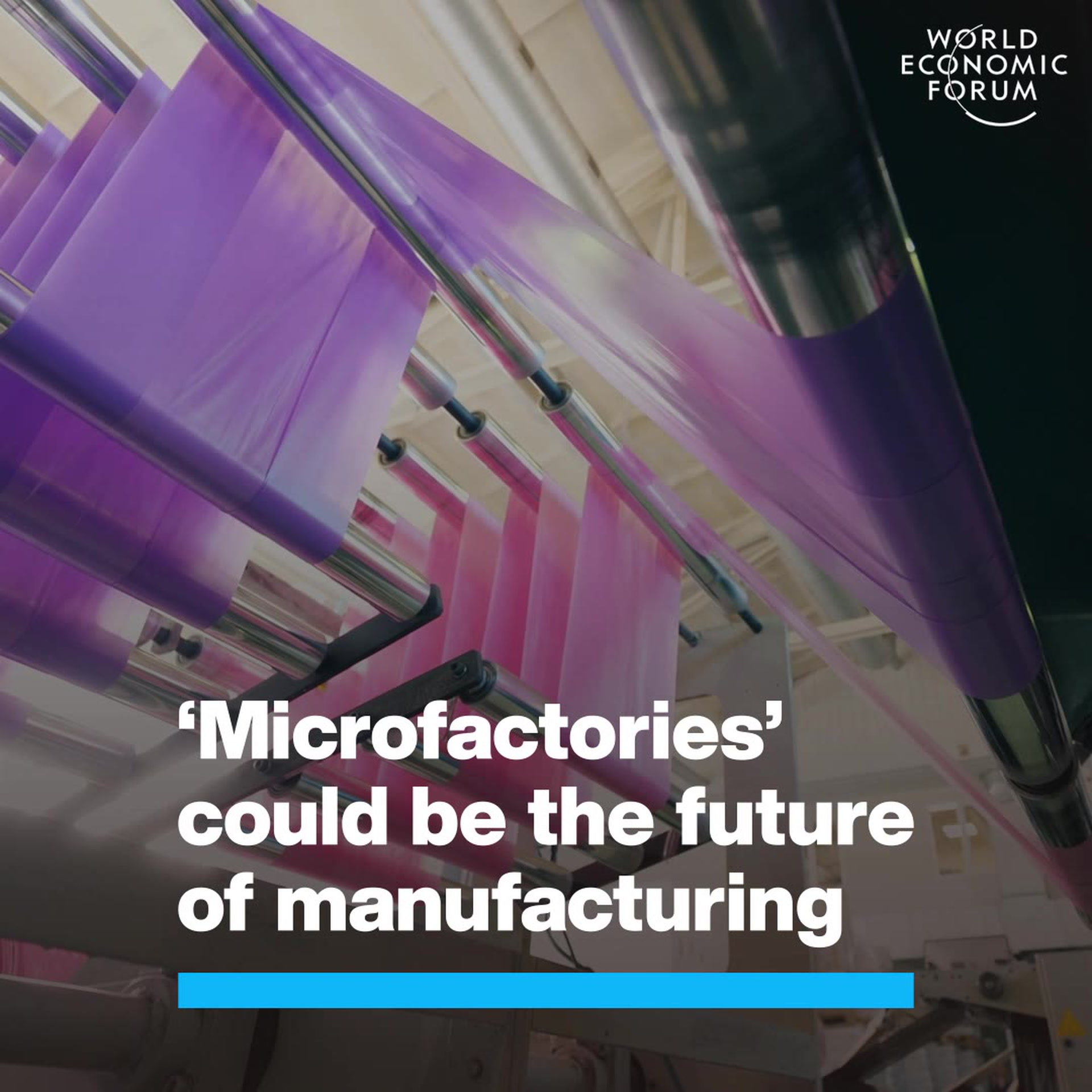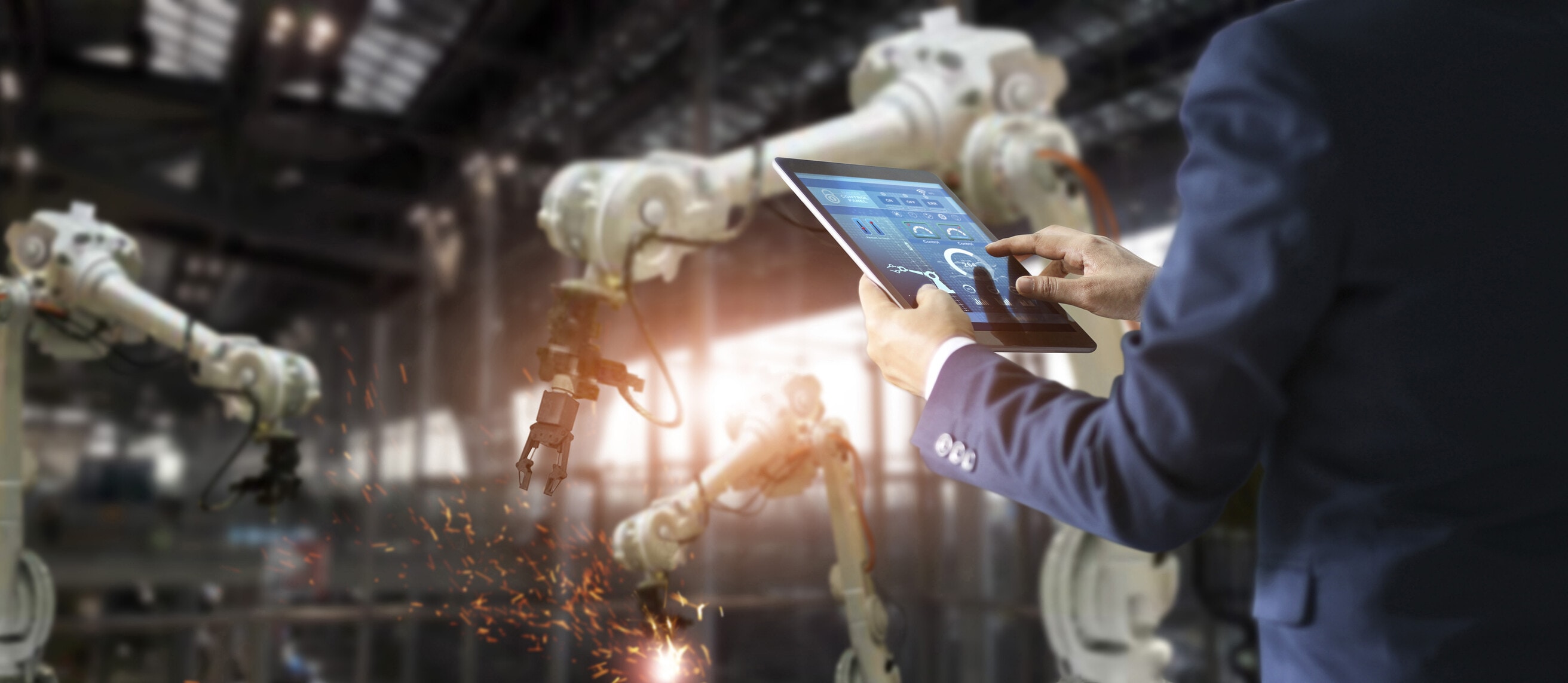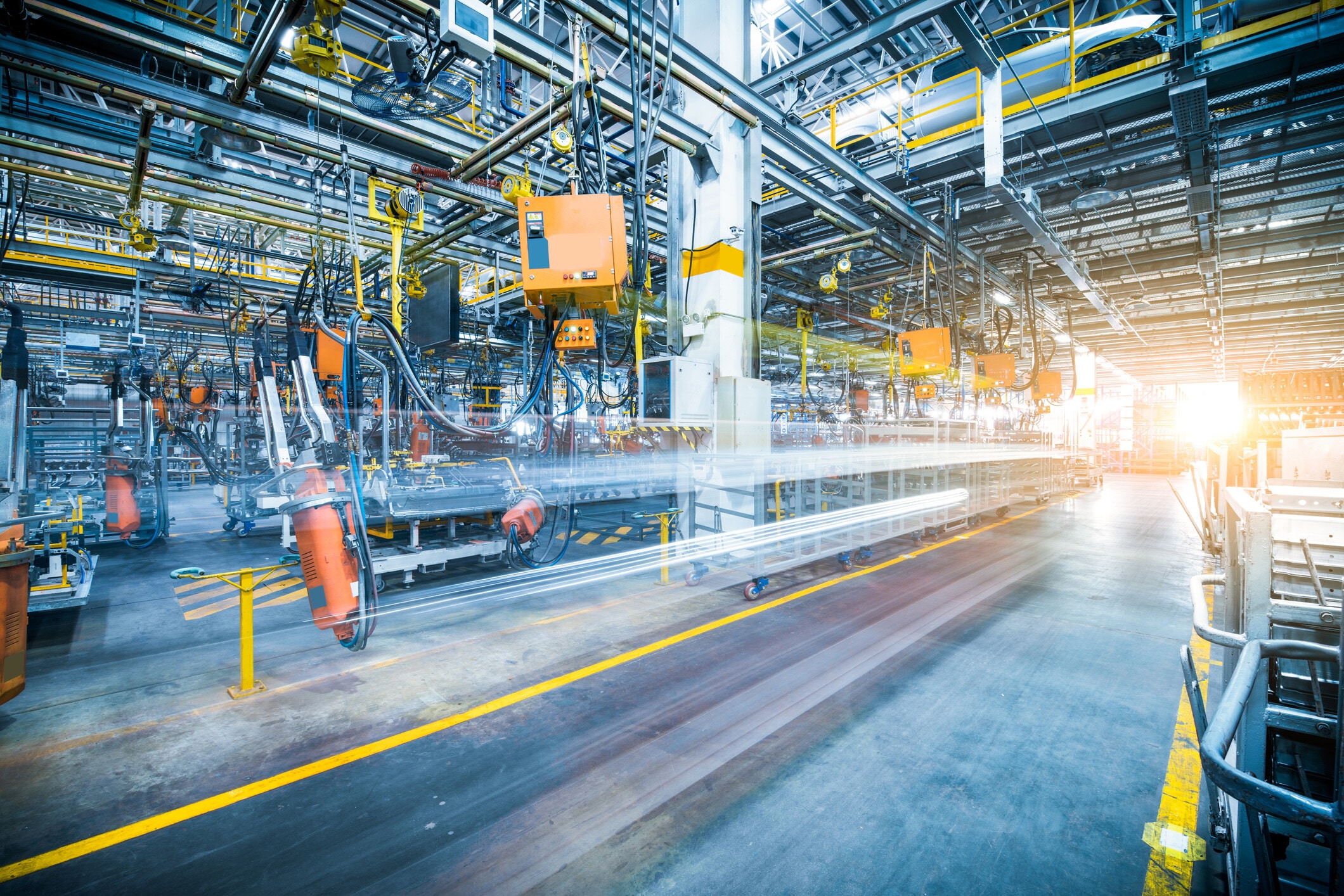Video: How digital design can bring us closer to nature


Get involved with our crowdsourced digital platform to deliver impact at scale
Stay up to date:
Advanced Manufacturing
Paola Antonelli is the Senior Curator of Architecture and Design at The Museum of Modern Art (MoMA) New York. In this video for the World Economic Forum, she gives a glimpse of MoMA’s archive to show how digital design mimics nature in the quest for the holy grail. “For many centuries we’ve been trying to imitate nature because engineers, artists, designers, engineers and scientists always knew that nature does it best,” says Antonelli. “Nature builds in the most economical, beautiful, elegant, and sustainable way.”
Watch the full interview above or read an extract below
On Digital Nature
“I’m here to talk about digital culture and how close it has brought us to nature; closer to the dream, to the holy grail of all designers and architects and engineers, to do it like nature does because nature does it best.”
“Organic design in history has had so many different notions and forms. If you just look at the collection at MoMA, it can be the imitations of the forms of nature by Guadi or the transposition of the forms of nature. This is a visualisation designed by Martin Wattenberg and Fernanda Viégas that shows the winds over the territory of the United States. Absolutely digitally founded. It’s about data that is gathered by the government but rendered in a way that makes us feel that that’s how nature does it. It’s a flow that has begun centuries ago, but continues today and has to be understood.”
On Science and Design
“This is an exhibition that, together with some of the people here at Davos, I organised in 2008. It looked at all the different scales in which designer and scientists come together to work on nature and try to imitate nature, from the nanoscale, to the one to one scale, to the large scale of large complexity. It was a way to look at the algorithm – which in 2008 was of course already well known, but not yet the emperor we see today in so many disciplines – and understand how it could be used for natural purposes.”
“We see examples of work by great scientist Paul Rothermund who is at Caltech that was the among the first to do DNA origami, so it’s a way to work in biology that has intelligent and smart design applications. Here is the work of a nanophysicist Keith Schwab, and you see designers begin to work with scientists in the rendering of science. Scientists usually don’t want to appear elegant and have good slides and images otherwise they’re not taken seriously, where they’re starting to see the propaganda importance of having good images.
It’s a metaphor of how the future should be, scientists and designers needing each other.”
On building the future
“The way we build is one of the biggest revolutions. There are designers who are trying to create a new supply chain by having objects made of recycled. Different way to think of the supply chain in an organic way. It’s not about mimicking the future, but about building the future without forgetting the past.”
Author: Paola Antonelli is the Senior Curator of Architecture and Design at The Museum of Modern Art (MoMA) New York
Image: Lake Louise is pictured at Banff National Park, in the Canadian Rocky Mountains. REUTERS/Mark Blinch.
Don't miss any update on this topic
Create a free account and access your personalized content collection with our latest publications and analyses.
License and Republishing
World Economic Forum articles may be republished in accordance with the Creative Commons Attribution-NonCommercial-NoDerivatives 4.0 International Public License, and in accordance with our Terms of Use.
The views expressed in this article are those of the author alone and not the World Economic Forum.
Related topics:
The Agenda Weekly
A weekly update of the most important issues driving the global agenda
You can unsubscribe at any time using the link in our emails. For more details, review our privacy policy.
More on Advanced ManufacturingSee all
Stephanie Wright, Memia Fendri and Kyle Winters
February 13, 2024
Maya Ben Dror and Lena McKnight
January 31, 2024
Dr. Matthew Putman
January 17, 2024
Kyriakos Triantafyllidis and Andreas Hauser
January 16, 2024







